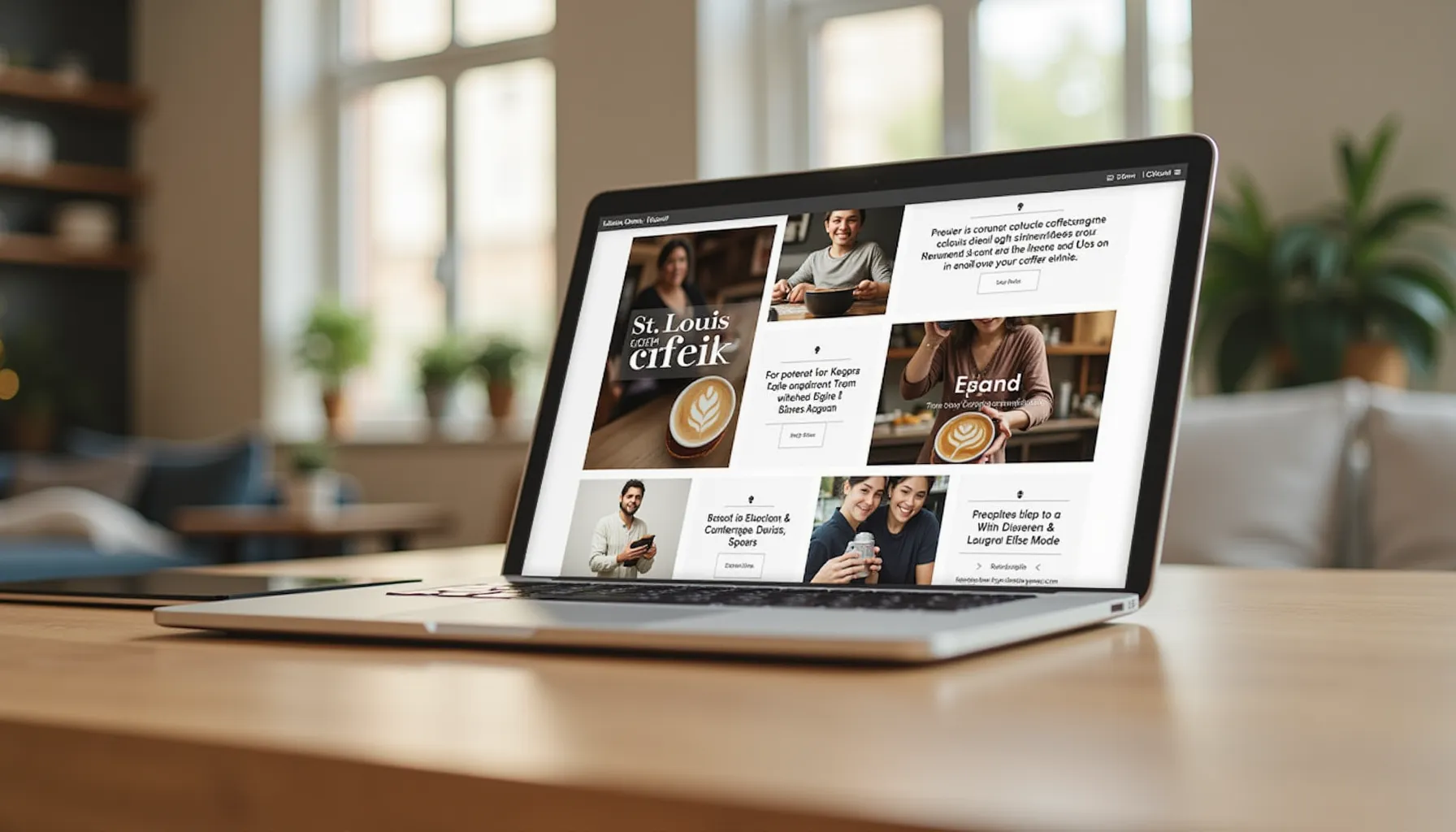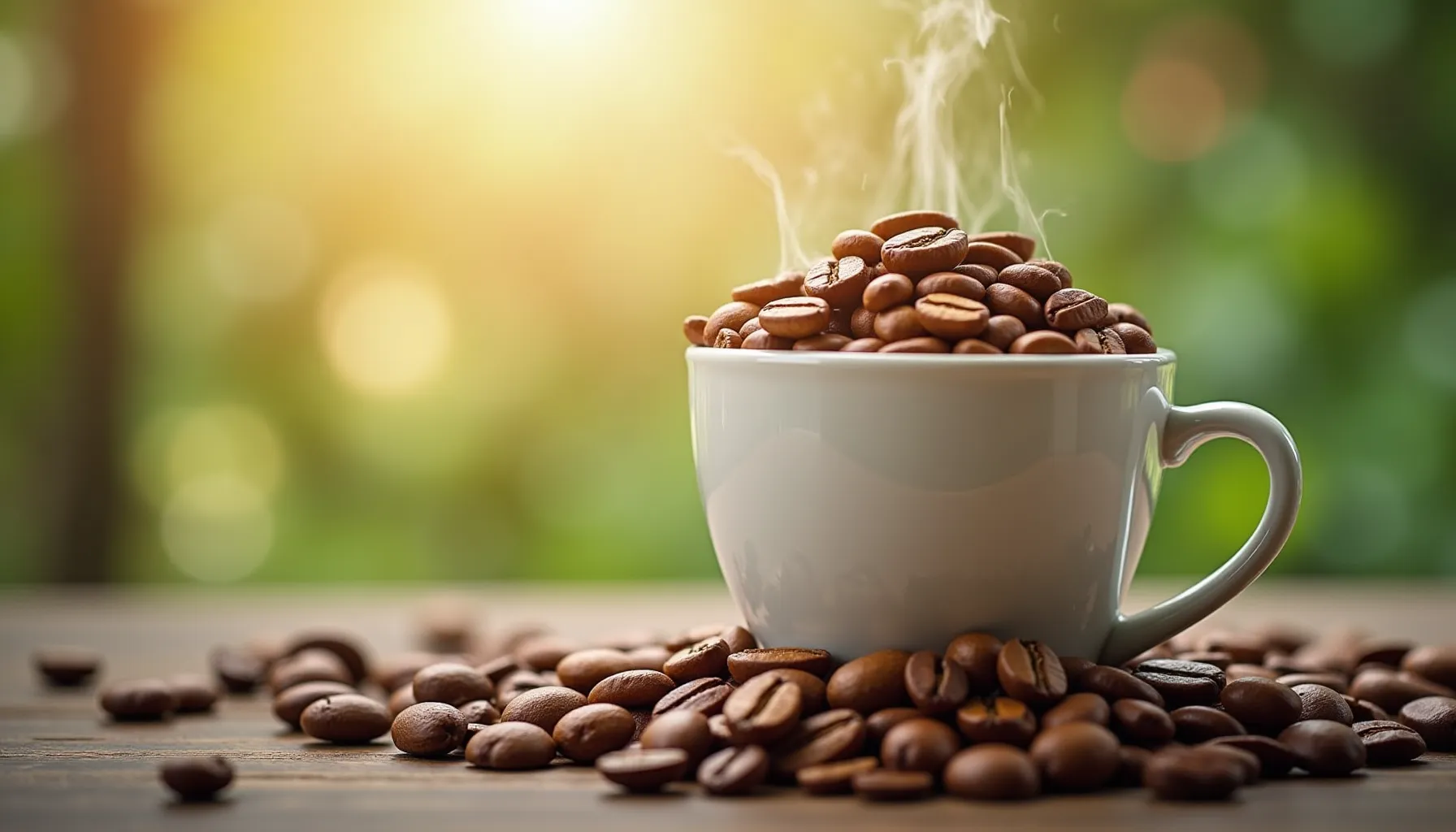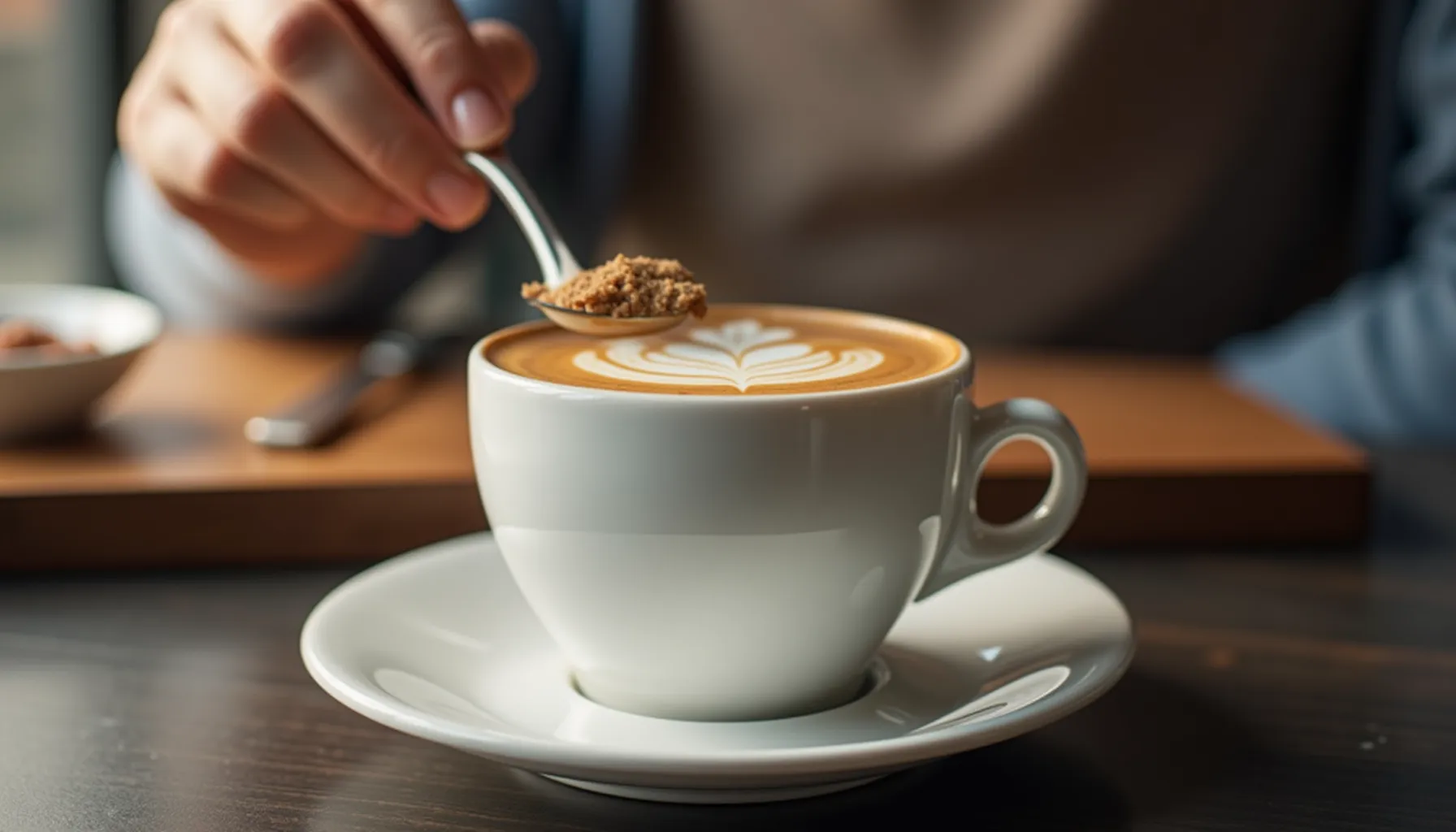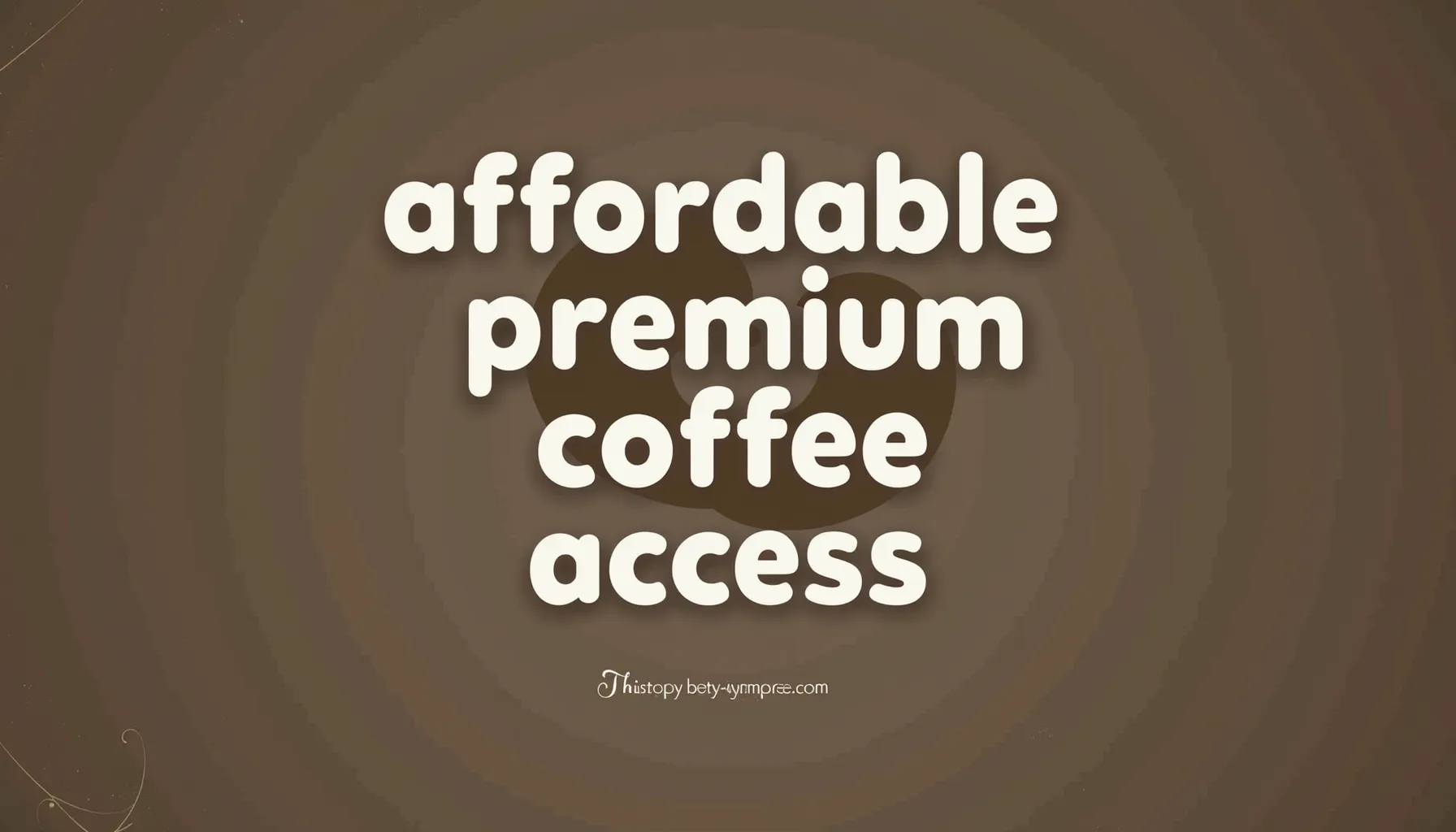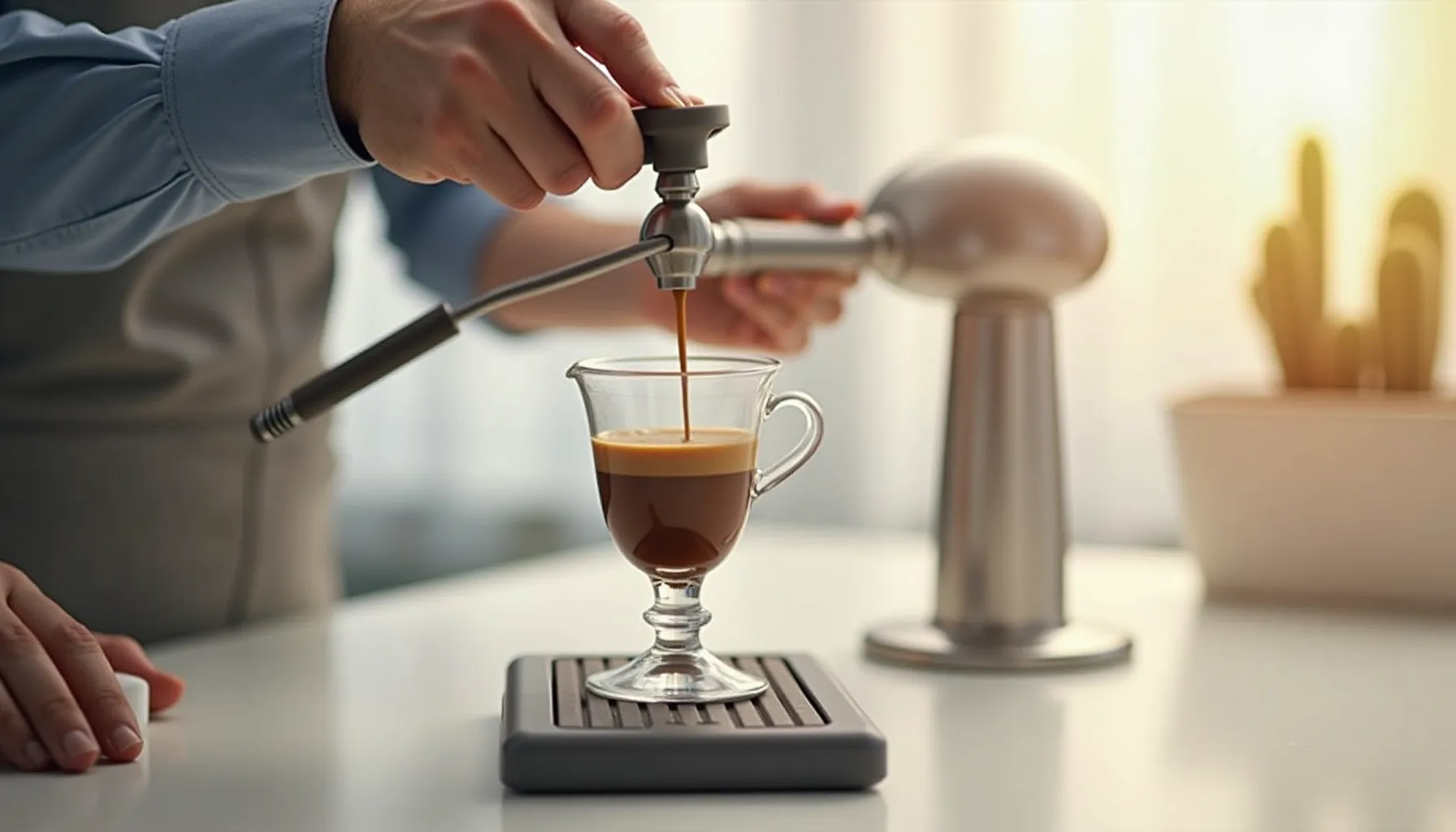Coca-Cola Coffee has taken the beverage world by storm, blending two of our favorite drinks into one irresistible concoction. As a self-proclaimed coffee enthusiast and long-time Coca-Cola fan, I couldn't help but be intrigued when this unique fusion hit the shelves. It's not every day that a century-old brand decides to shake things up, and boy, did they ever!
Picture this: You're halfway through your workday, craving that familiar cola fizz but also desperate for a caffeine kick. Enter Coca-Cola Coffee, the answer to your midday slump prayers. But is it just another gimmick, or has Coca-Cola truly revolutionized refreshment?
In this article, we'll dive deep into the world of Coca-Cola Coffee, exploring its inception, flavors, market impact, and what it means for the future of beverages. Whether you're a curious consumer or a trend-watching enthusiast, buckle up – we're in for a fizzy, caffeinated ride!
Key Takeaways:
- Product Origins: The birth and development of Coca-Cola Coffee
- Flavor Profile: Exploring the unique taste and variants available
- Marketing Mastery: How Coca-Cola promoted this innovative beverage
- Market Impact: Analyzing the product's influence on the beverage industry
- Future Prospects: Potential innovations and global expansion plans
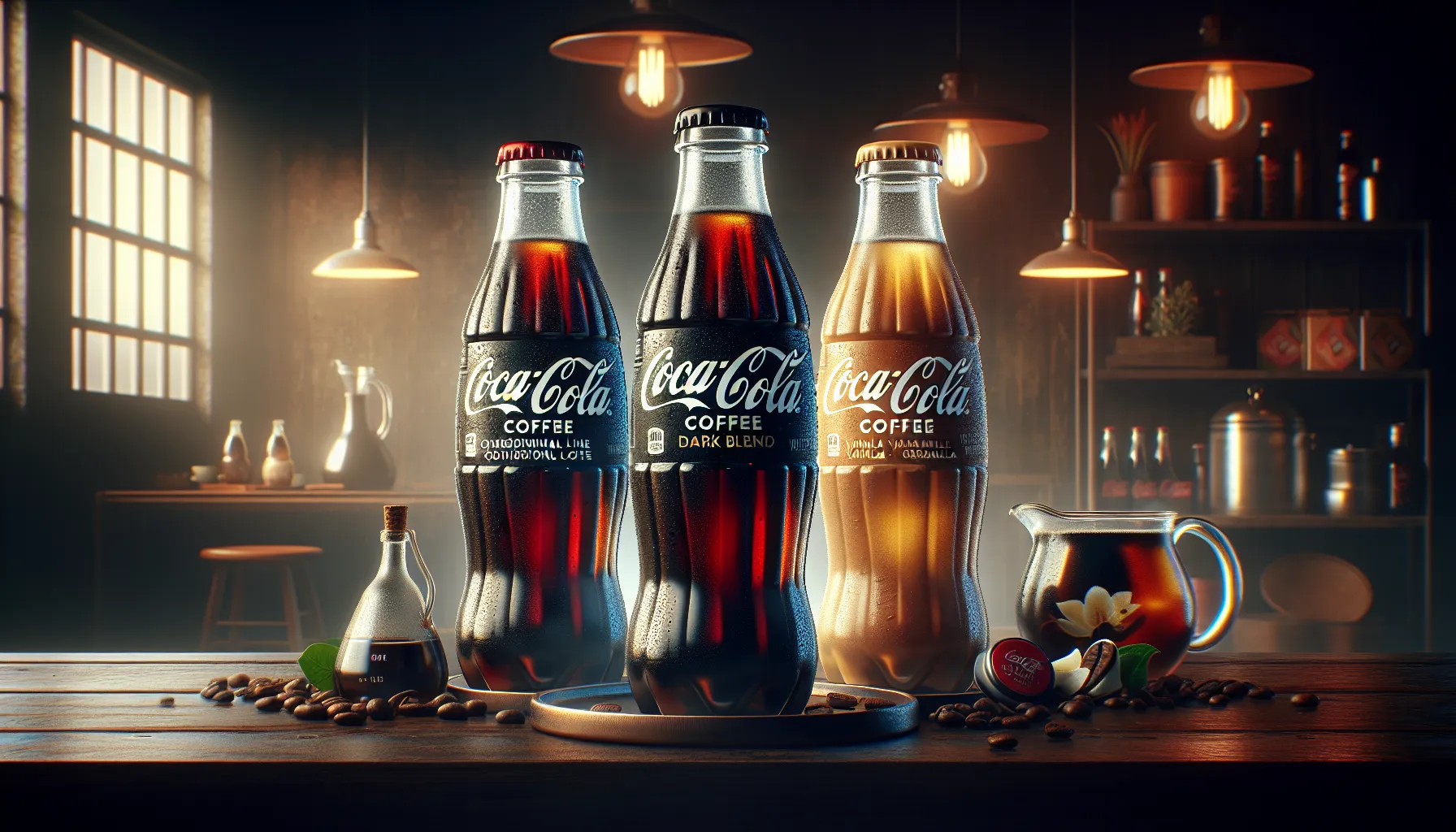
The Birth of Coca-Cola Coffee
Launch and Initial Reception
Coca-Cola Coffee made its grand entrance onto the global stage in 2017, starting with a soft launch in Japan. The beverage giant's bold move to merge two beloved drinks sparked immediate curiosity and excitement among consumers worldwide.
As the product rolled out across more than 30 countries by 2020, including Australia, Spain, and Thailand, it became clear that Coca-Cola was onto something big. The U.S. market finally got its taste in January 2021, marking a significant milestone in the drink's journey.
Product Development Process
The road to Coca-Cola Coffee wasn't without its bumps. Remember Coca-Cola BlāK? This coffee-flavored soda, launched in 2006, didn't quite hit the mark and was discontinued by 2008.
Learning from this misstep, Coca-Cola's product development team went back to the drawing board. They conducted extensive market research, perfecting the flavor profile to strike the right balance between cola and coffee.
Strategic Importance for Coca-Cola
Coca-Cola Coffee represents more than just a new product; it's a strategic move to tap into the massive $102 billion global coffee market. With 56% of American adults drinking coffee daily, the potential was too big to ignore.
This innovative blend also serves as Coca-Cola's response to changing consumer habits. As people seek alternatives to traditional sodas and crave functional beverages, Coca-Cola Coffee offers a unique solution that satisfies multiple needs in one can.
A Sip of Innovation: Product Details
Flavor Variants
Coca-Cola Coffee isn't a one-size-fits-all beverage. The product line boasts several enticing flavors to cater to diverse palates:
Dark Blend
For those who like their coffee strong and their cola classic, the Dark Blend offers a robust flavor profile. It's the perfect choice for purists who want to experience the true essence of the cola-coffee fusion.
Vanilla
Sweetening things up a bit, the Vanilla variant adds a smooth, creamy note to the mix. It's a crowd-pleaser that appeals to those with a slightly sweeter tooth.
Caramel
Rounding out the flavor trio is Caramel, bringing a rich, indulgent twist to the beverage. It's like dessert in a can, perfect for those moments when you need a little extra indulgence.
Nutritional Profile
Let's talk numbers. Each 12-ounce can of Coca-Cola Coffee packs 69 milligrams of caffeine. That's more than your standard Coke but less than a typical cup of joe, making it a happy medium for caffeine seekers.
Calorie-wise, you're looking at about 70 calories per serving. It's a relatively light option compared to many sugary sodas, aligning with Coca-Cola's commitment to offering lower-calorie alternatives.
Packaging and Branding
Coca-Cola Coffee's packaging is a visual treat, cleverly marrying Coca-Cola's iconic red with coffee-inspired elements. The sleek cans stand out on shelves, instantly communicating the product's unique proposition.
This smart branding approach helps the product differentiate itself while maintaining a clear connection to the Coca-Cola family. It's a masterclass in how to introduce an innovative product while leveraging a well-established brand identity.
Marketing Strategies and Consumer Response
Target Audience Analysis
Coca-Cola Coffee's marketing wizards had their work cut out for them. They needed to appeal to two distinct groups: adventure-seeking youngsters and loyal Coca-Cola aficionados.
For the younger crowd, the focus was on the drink's uniqueness and its ability to provide a quick energy boost. Millennials and Gen Z, always on the lookout for the next big thing, were prime targets for this innovative beverage.
Meanwhile, long-time Coca-Cola fans were wooed with the promise of a familiar taste with an exciting twist. The strategy? Convince them that Coca-Cola Coffee wasn't a replacement, but a complement to their beloved cola.
Promotional Campaigns
Coca-Cola didn't hold back when it came to getting the word out. Social media platforms buzzed with #CocaColaCoffee, as influencers and everyday consumers alike shared their experiences with the new drink.
Clever digital marketing campaigns highlighted the product's dual nature, playing up the "best of both worlds" angle. Interactive online quizzes helped users determine their perfect Coca-Cola Coffee moment, while augmented reality filters let people virtually "try" the drink.
Consumer Reception and Feedback
As with any bold innovation, Coca-Cola Coffee stirred up a mix of reactions. Many praised its unique flavor profile and convenient caffeine boost, perfect for those midday slumps.
However, not everyone was sold. Some coffee purists found the blend too sweet, while die-hard Coke fans missed the classic cola taste. This mixed reception prompted Coca-Cola to fine-tune their formula, proving that even beverage giants must listen to their consumers.
Market Impact and Industry Trends
Coca-Cola Coffee's Position in the RTD Coffee Market
Coca-Cola Coffee didn't just dip its toes into the ready-to-drink (RTD) coffee market; it made a splash. Competing with established players like Starbucks and Nestlé, Coca-Cola leveraged its massive distribution network to gain quick market share.
While exact figures are closely guarded, industry analysts estimate that Coca-Cola Coffee captured a significant slice of the RTD coffee pie within its first year. Its unique positioning as a cola-coffee hybrid gave it an edge in a crowded market.
Broader Beverage Industry Trends
Coca-Cola Coffee's launch coincided with several key trends reshaping the beverage landscape. The rise of functional drinks, offering more than just refreshment, has been particularly notable.
Consumers are increasingly seeking beverages that multitask – providing energy, health benefits, and great taste all in one package. This shift has spurred a wave of innovation across the industry, with hybrid drinks leading the charge.
Coca-Cola's Strategy for Market Expansion
Never one to rest on its laurels, Coca-Cola has big plans for its coffee-infused creation. The company is leveraging its vast global network to push Coca-Cola Coffee into new markets, adapting the product to suit local tastes.
There's also talk of potential partnerships with coffee chains or even acquisitions in the specialty coffee space. It's clear that Coca-Cola sees coffee as a key part of its future growth strategy, with Coca-Cola Coffee leading the charge.
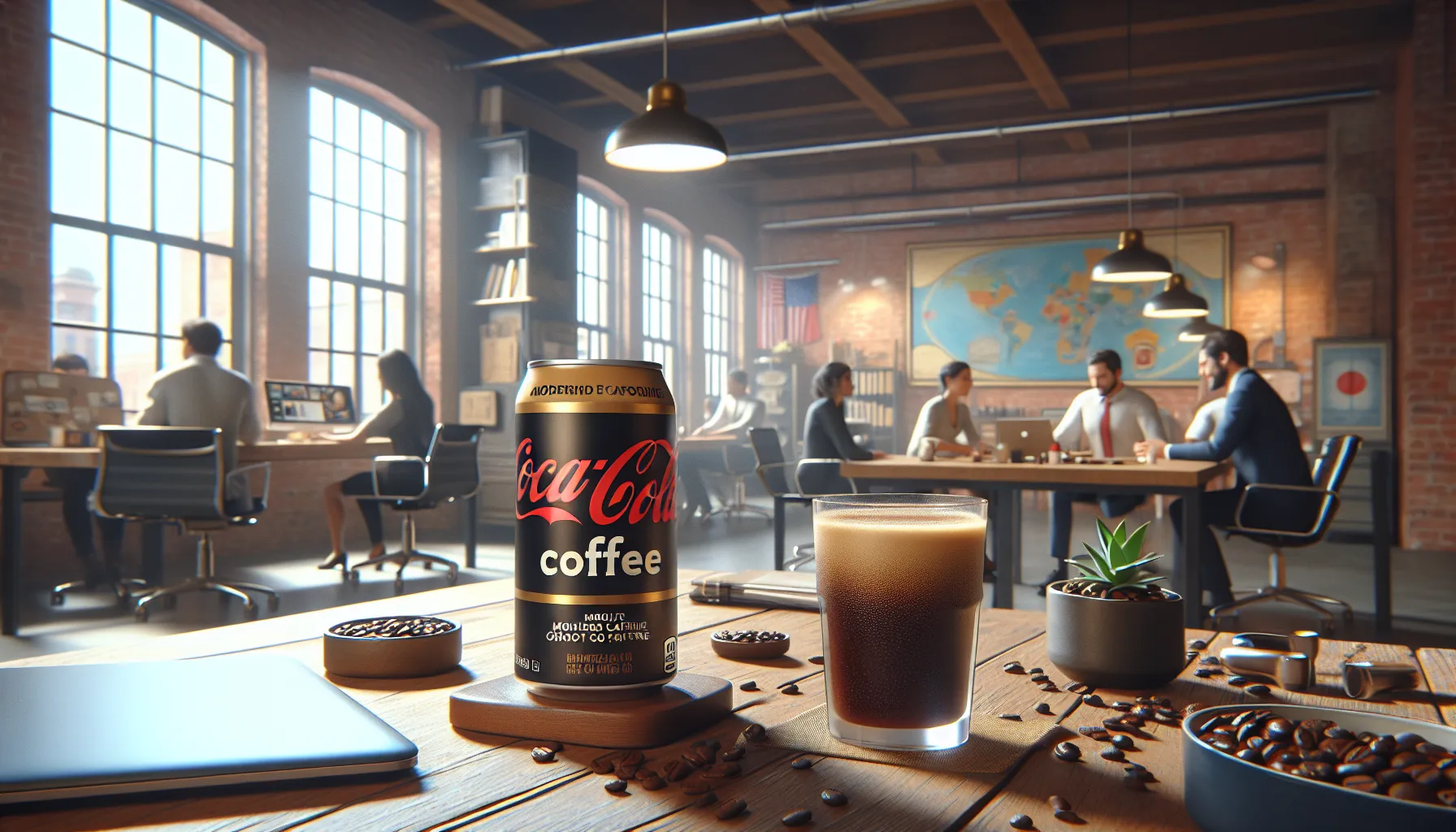
Brewing a Caffeinated Future
Coca-Cola Coffee represents more than just a novel beverage; it's a testament to the evolving tastes of consumers and the adaptability of iconic brands. This bold fusion has shaken up the beverage industry, challenging our perceptions of what a soft drink can be.
As we've explored, the journey from concept to can has been filled with innovation, strategic marketing, and careful consideration of consumer preferences. The product's reception, while mixed, demonstrates the appetite for beverages that offer multiple benefits in a single serving.
Looking ahead, Coca-Cola Coffee's impact extends beyond its own success. It's paving the way for more hybrid drinks and pushing competitors to think outside the bottle. For consumers, it offers a glimpse into a future where our beverages work harder to meet our diverse needs.
Whether you're a coffee aficionado, a cola devotee, or simply curious about the next big thing in beverages, Coca-Cola Coffee invites us all to rethink our drink. So why not give it a try? You might just find your new favorite pick-me-up.
FAQ
What makes Coca-Cola Coffee different from regular coffee or cola?
Coca-Cola Coffee uniquely combines the familiar taste of Coca-Cola with real coffee, offering a balanced blend of cola sweetness and coffee richness. It contains more caffeine than regular Coca-Cola but less than a standard cup of coffee, making it a distinctive choice for those seeking a refreshing energy boost.
Is Coca-Cola Coffee available worldwide?
While Coca-Cola Coffee has been launched in over 30 countries, including the United States, availability varies by region. The company continues to expand its distribution, adapting the product to suit local tastes and preferences in different markets.
How does the caffeine content in Coca-Cola Coffee compare to other beverages?
Each 12-ounce can of Coca-Cola Coffee contains 69 milligrams of caffeine. This is more than traditional Coca-Cola (34 mg) but less than a typical 8-ounce cup of coffee (95 mg), positioning it as a moderate caffeine option in the beverage spectrum.
Are there any sugar-free or low-calorie versions of Coca-Cola Coffee?
Yes, Coca-Cola has introduced Coca-Cola Coffee Zero Sugar, catering to health-conscious consumers. This variant offers the same cola-coffee fusion without the added sugars, aligning with the company's commitment to providing lower-calorie alternatives.
How has the beverage industry responded to Coca-Cola Coffee's innovation?
The launch of Coca-Cola Coffee has sparked increased competition and innovation in the ready-to-drink coffee market. Other beverage companies are exploring similar hybrid concepts, leading to a broader trend of functional and multi-benefit drinks in the industry.




